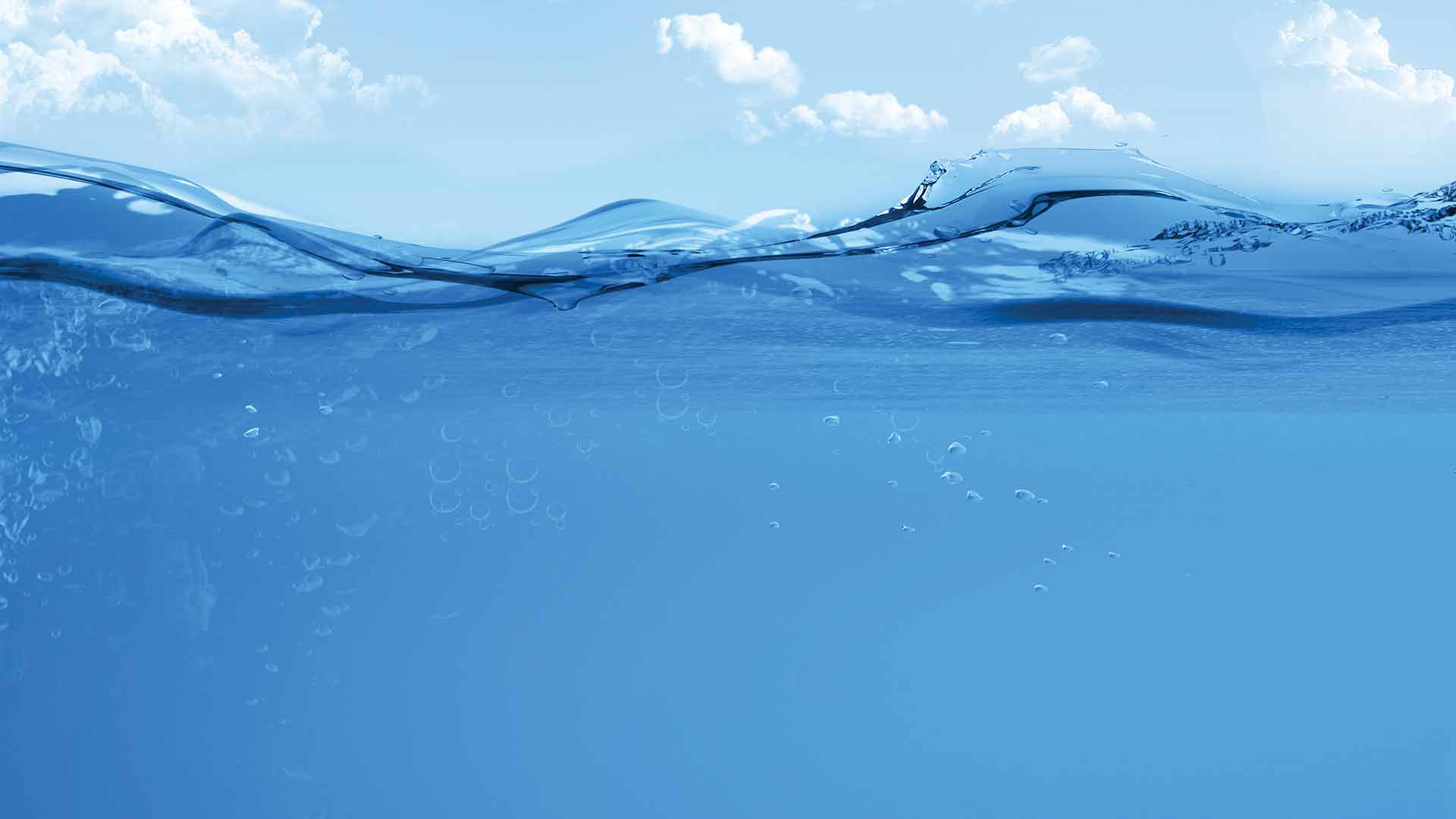By Alan Doering, Senior Associate Scientist-Coproducts
Can landlocked states enjoy fresh, sustainable seafood like the coasts? Minnesota has been exploring options for aquaculture shrimp farms, located within the state, to meet this growing demand. Thanks to improvements in the efficiency of raising shrimp, landlocked production could become a commercial reality. We may soon be giving fishing enthusiasts the option to catch their dinner in a heated tank versus braving the ice house.
Farm-raised shrimp are traditionally fed fishmeal which is no longer a low cost product. The demand for fish has necessitated governments to enforce wild fishing quotas, which drives up the price of fishmeal and fish oil. Minnesota-grown commodities can make commercial fish production more affordable by replacing a portion of the fishmeal in a shrimp diet. Using dried distillers grains with solubles, corn gluten meal or specialty soybean meal, shrimp becomes less expensive to feed.
Shrimp producers no longer have to import expensive fish feed either. New technologies enable local manufacturers to produce very small pellets of plant-based proteins, allowing Minnesota to become a prime marketing for aquaculture shrimp production.
The Minnesota farming community acknowledges that many components of shrimp production benefit the state. Shrimp tanks use less land than other livestock and even take up less room than other aquaculture tanks. The largest expenses of raising shrimp have been feed. This is where AURI is working to develop Minnesota grown commodities as fishmeal replacements as well as to provide alternative options to heat the aquaculture tanks. The adoption of biomass heating technologies could be another use for Minnesota grown crops for this second need.
